In the bustling streets of Mumbai, I found myself standing before the Chhatrapati Shivaji Maharaj Vastu Sangrahalaya, a guardian of India’s illustrious history. This magnificent museum served as my personal time machine, transporting me back to the golden period of Bharat.
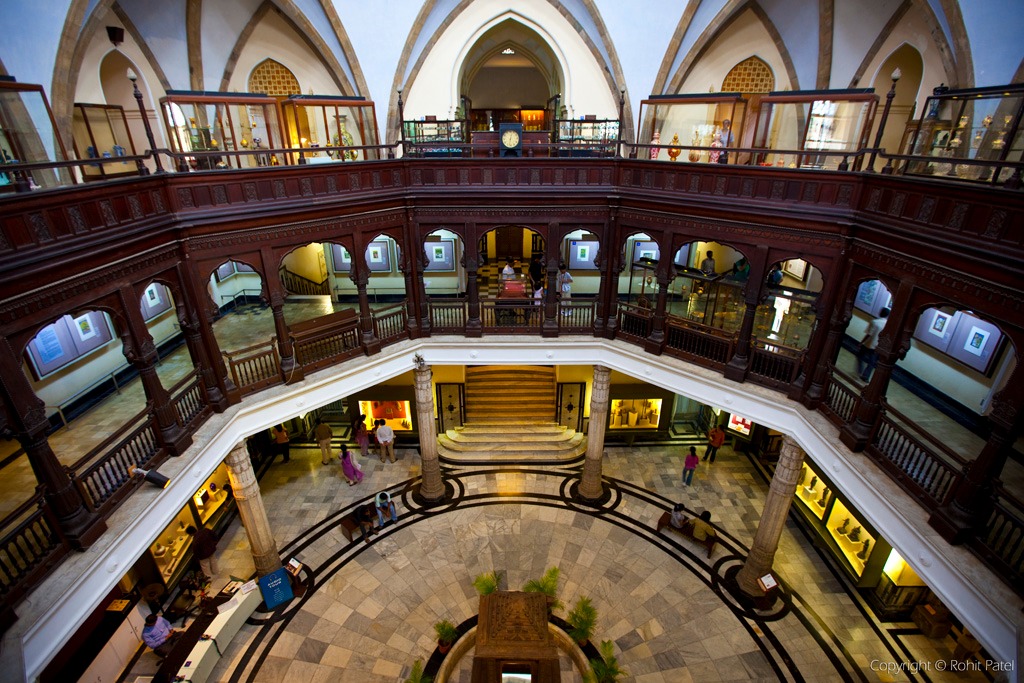
As I entered the hallowed halls of the museum, I was welcomed by a world of antiquity and artistry. The collection of ancient sculptures housed within these walls left me utterly mesmerized. These sculptures became my silent storytellers, narrating the tales of India’s diverse and vibrant past.
My journey began with the sculptures of the Indus Valley Civilization, one of the world’s earliest urban civilizations. These artifacts, dating back to 2500 BCE, offered me a glimpse into the daily lives of the people who once thrived in the Indus Valley. From terracotta figurines to intricately carved seals, each piece became a fragment of a lost world, inviting me to imagine the cities, markets, and rituals of an ancient era.

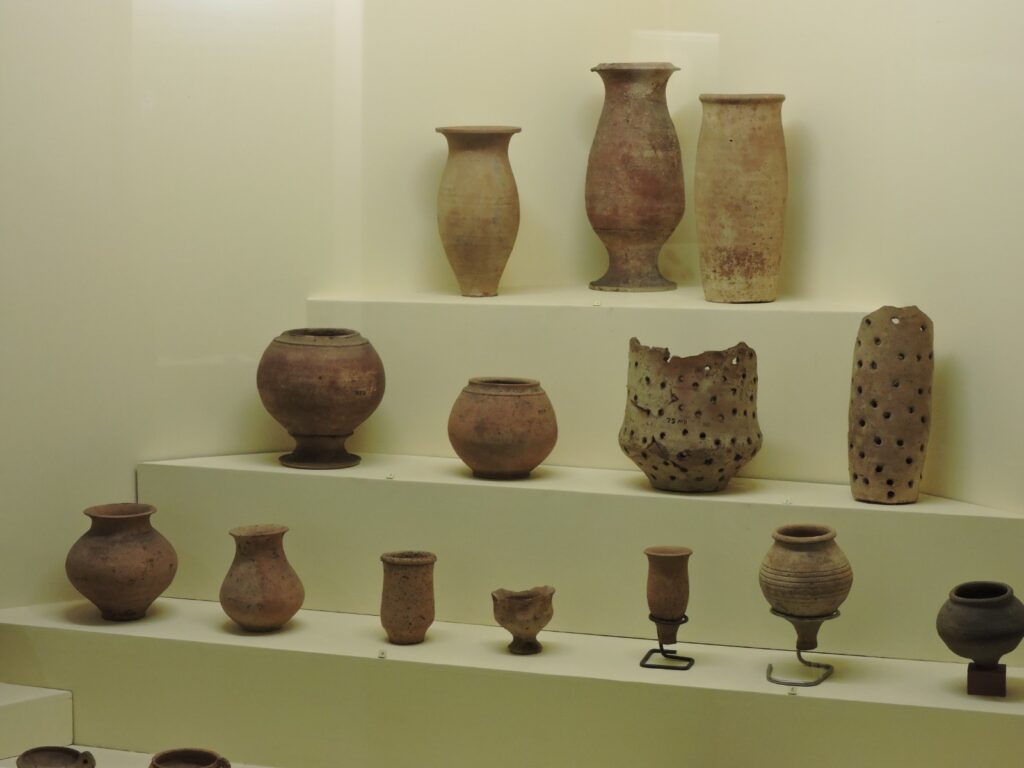
Moving forward in time, the museum’s collection showcased the artistic brilliance of the Mauryan Empire. The Ashoka Pillar, with its famous four-lion capital, stood as an enduring symbol of Emperor Ashoka’s commitment to peace and non-violence.
The Gupta Dynasty’s sculptures, characterized by their devotion to portraying divine and human forms with unparalleled grace, were another highlight of my visit. I was transported to an age where spirituality and artistic expression merged seamlessly.
My visit to the Chhatrapati Shivaji Maharaj Vastu Sangrahalaya wouldn’t have been complete without marveling at the magnificent bronze sculptures of the Chola Dynasty. These sculptures captured the essence of Indian classical dance and devotion. The dancing Nataraja, in particular, symbolized the eternal cycle of creation and destruction and stood as a masterpiece.
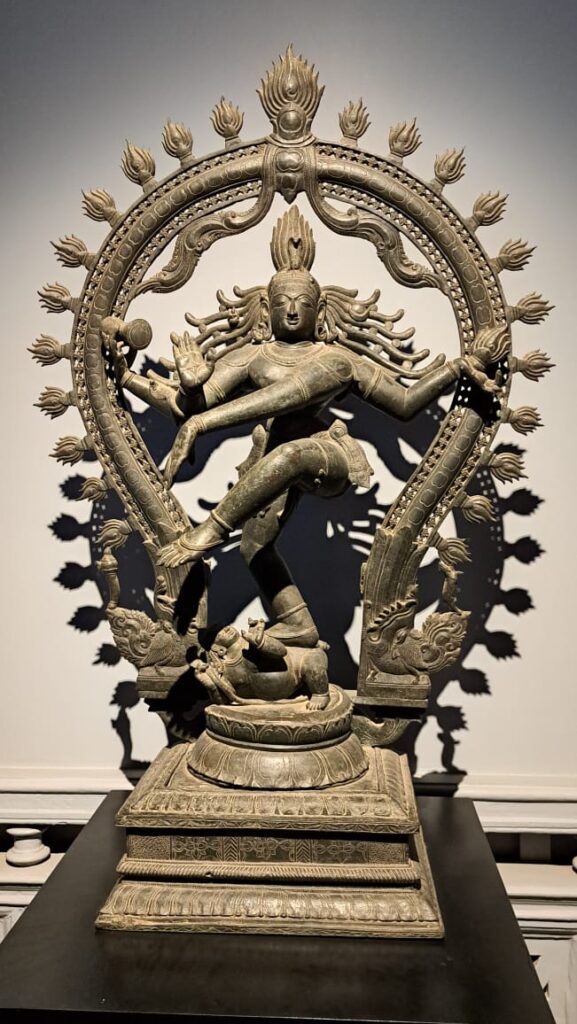
Among the many treasures, the Hoysala sculptures held a special place in my heart. Their intricately carved temples and statues, adorned with meticulous detailing, left me in awe of the artistry of the Hoysala craftsmen. Each sculpture seemed to come alive, narrating stories of devotion and mythology that had been etched in stone for centuries.
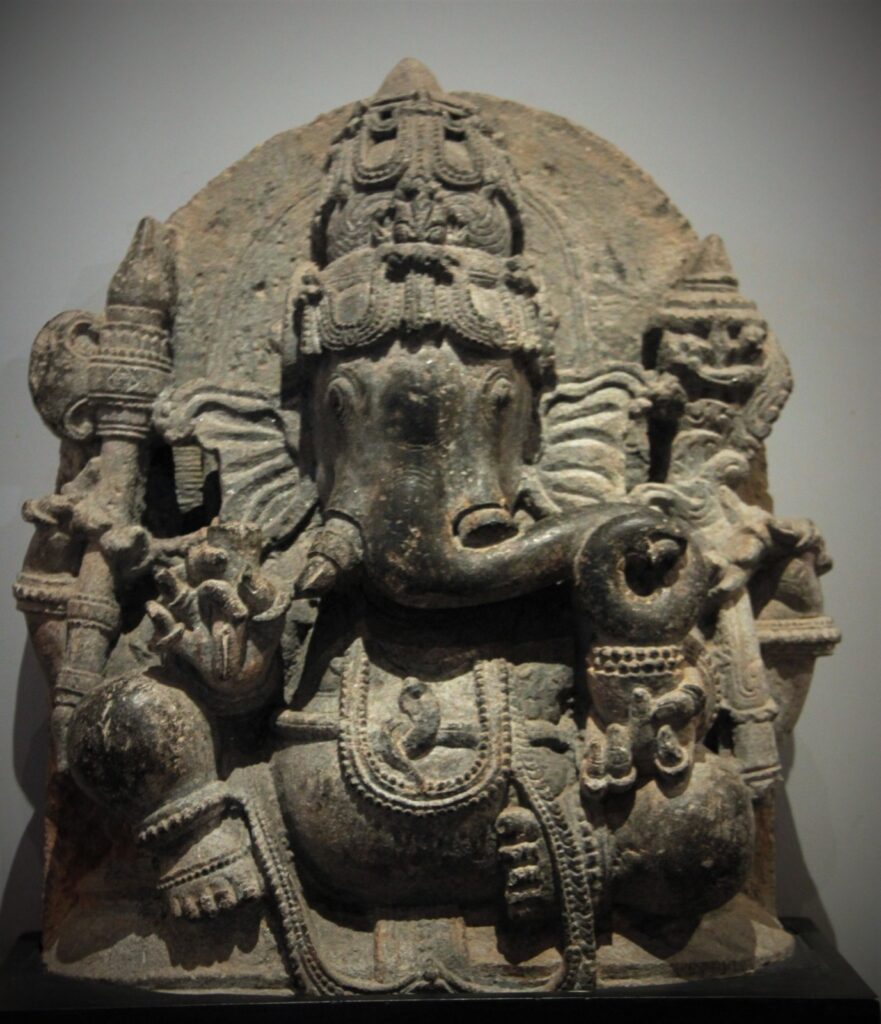
The Chhatrapati Shivaji Maharaj Vastu Sangrahalaya is not just a museum; it’s a living archive of India’s cultural and artistic heritage. The ancient sculptures on display here offered me a profound connection to the past, allowing me to transcend time and space. They served as a reminder of India’s rich and diverse history, a tapestry woven with threads of art, spirituality, and innovation. In a world that often races toward the future, this museum stands as a guardian of the past. It is a place where history breathes, and where visitors can embark on a timeless journey through the artistic and cultural heritage of this incredible nation, Bharat.
Nehal D. Patil.
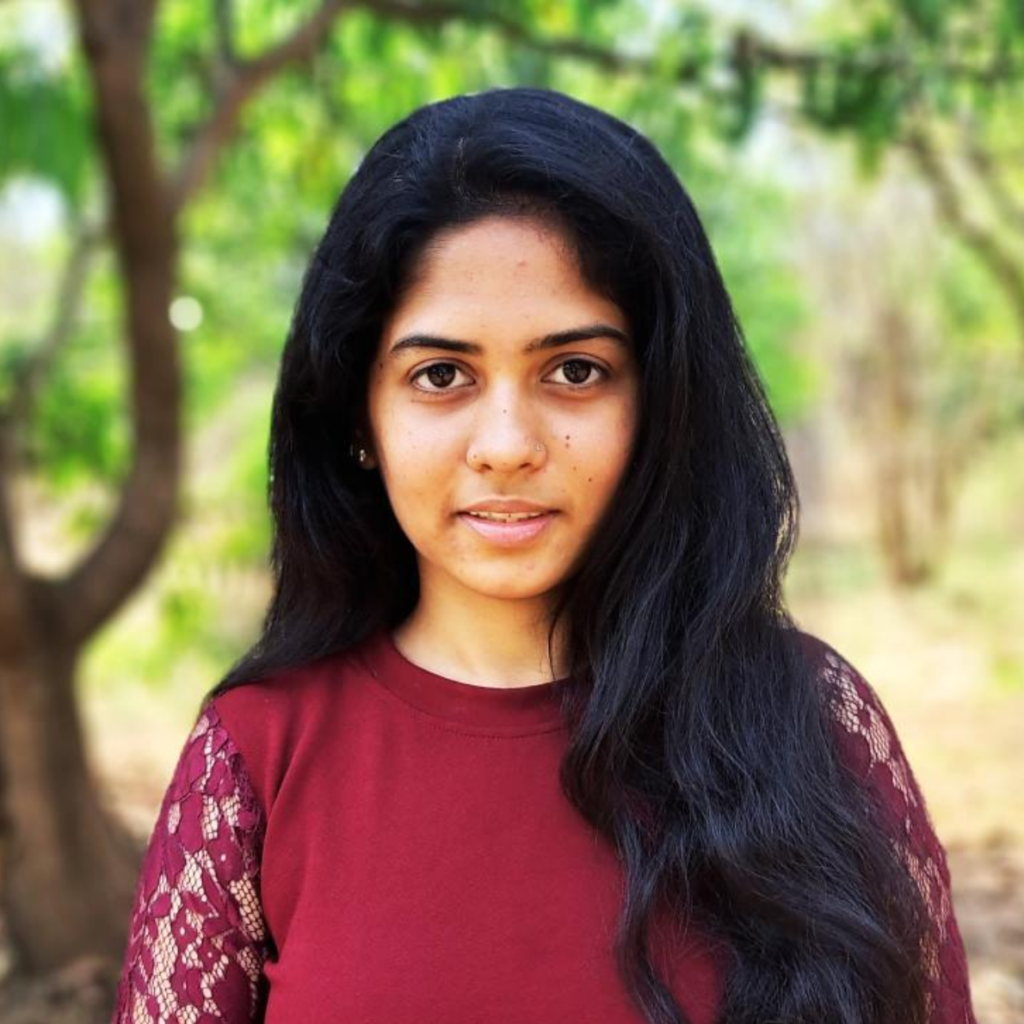
Nehal Patil is an architect passionate about exploring ancient Indian temples and their profound connection to India’s rich history. Nehal is also a youtuber and she uploads her videos at “Takshan Universe” channel.
